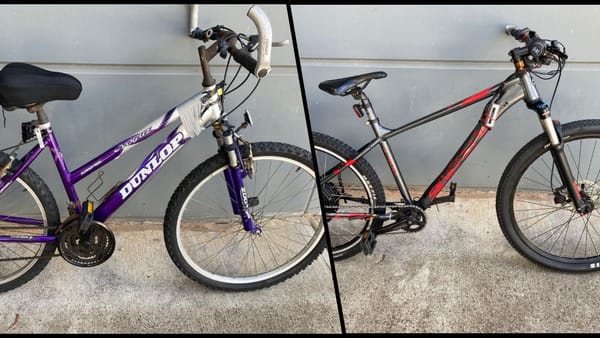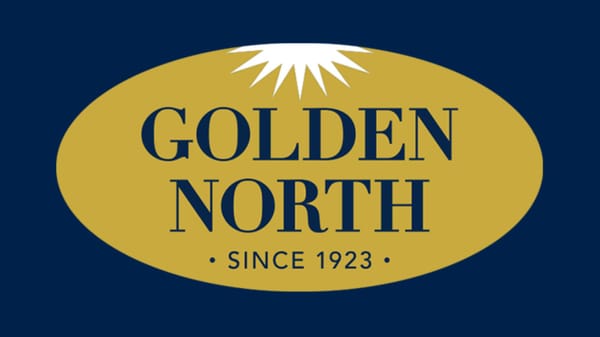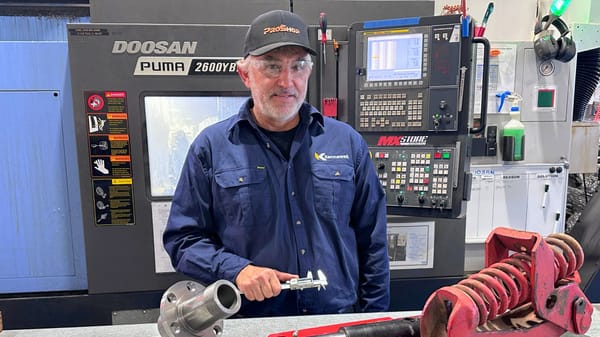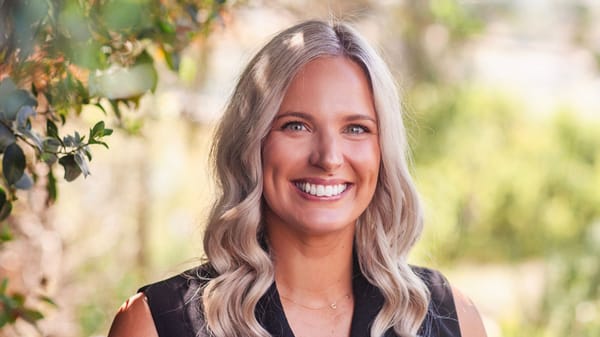Women of the LMRIA: Meet Monteith’s Kylie Hunt
She’s a Murray Bridge girl whose “very modest” upbringing and love of rural life have helped her make a home at Monteith – and endure the River Murray floods.
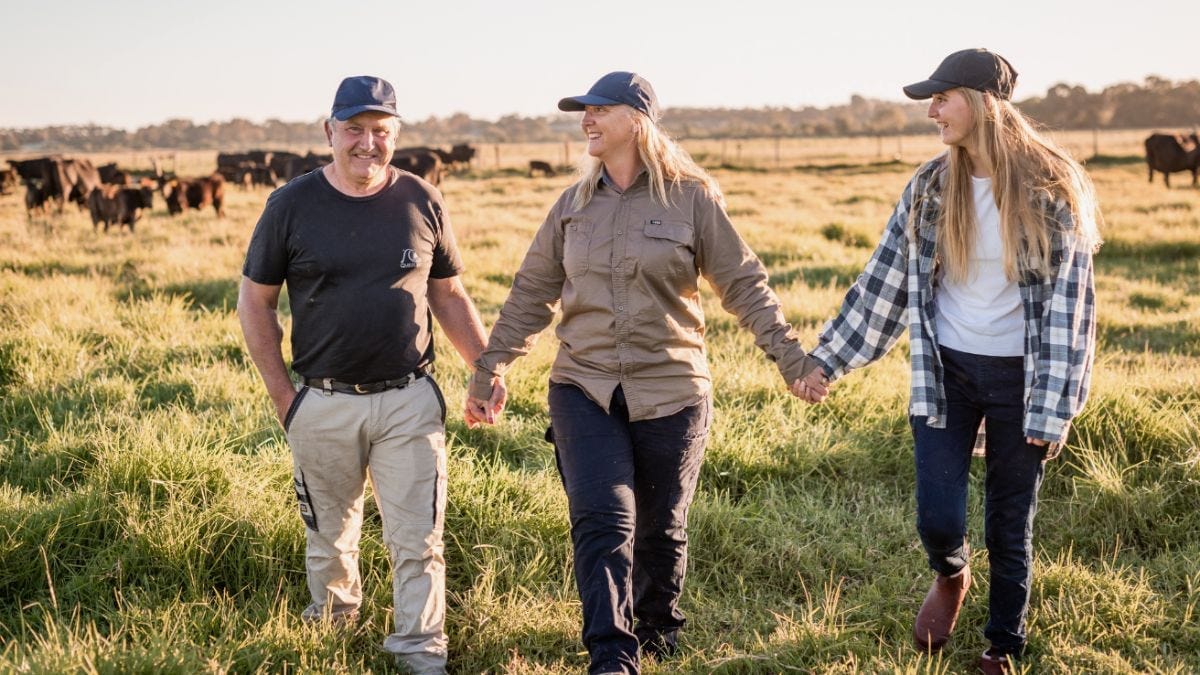
This post was contributed by Ellie Rankin.
The Lower Murray Reclaimed Irrigation Area (LMRIA) spans a stretch from Mannum to Wellington where you’ll find a mix of farming, including cropping, dairy, hay production and livestock.
In 2022, when the River Murray floods hit, farmers were confronted with difficult decisions: selling off their livestock, relocating them to higher ground, or arranging for agistment elsewhere, while watching their crops be destroyed by the rising water.
In the wake of these challenges, the women of the LMRIA came together and created a group to give each other support, all connected by their ties to farming along the Murray River.
Among them is Kylie Hunt.
She and her husband Ian farm wagyu cattle on the flats at Monteith.
Can you tell us a bit about yourself? What led you to your current path?
I was born and bred in Murray Bridge back in the early 70s.
I went to a local primary school and then onto high school and completed year 11 at 16 years old.
I didn’t have an inside toilet until I pretty much had left school.
Our laundry was also outside down another garden path, and there was a lean-to so the bathroom could be closed in near the house; so it was a very modest way I grew up.
My family lived right next to the local swimming pool – and still reside there until this day – so most days, pretty much rain, hail or shine, were spent being a water baby: I would meet up and hang with friends at the pool.
My mum never drove a car and we didn’t have extra money for petrol so my brother and I never got driven anywhere; we would get on our BMX push bikes and ride around, catching up with others and going down the river to cool off after we had been to the pool.
Driving to Adelaide back in the day before the freeway was a slow, windy trip which we didn’t do very often.
If I wanted to go somewhere I would have to find my own transportation.
That’s where my love of bikes came from.
I would stay at my friend’s house just outside of town, on her parents’ farm, and loved the lifestyle and animals, as we really didn’t have any growing up.
We would ride on the farm motorbike and I got a glimpse of how hard farm life can be.
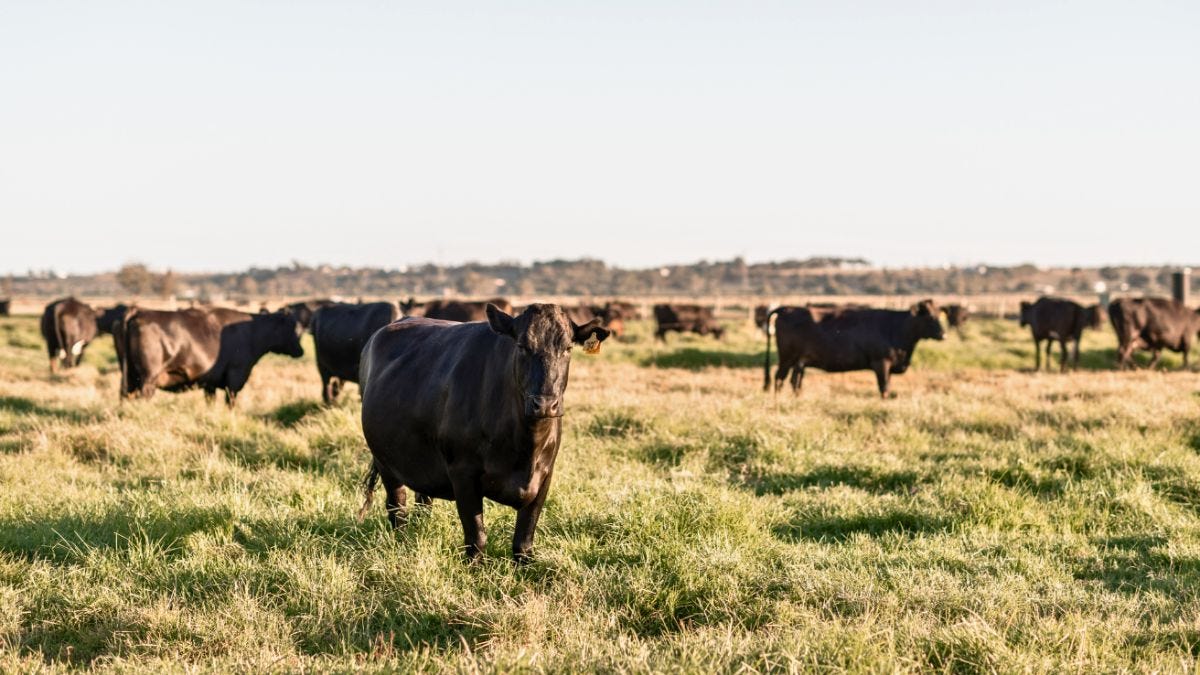
I had a part-time job at 13 and then, when I left school at 16, I had a full-time job in retail for about 14 years, serving all different people from all different walks of life.
I think I learned a lot of resilience dealing with people and matters and kept a positive attitude to life.
I met my husband through mutual friends; we dated for a while and made it official in April 2000 when we married.
He was in partnership with his brother, milking cows.
When I was still working in retail I started doing more jobs on the farm and dairy, and at that time we were getting our numbers up to around the 200-cow mark, so we decided that I would give up my retail job and work on the dairy farm full time.
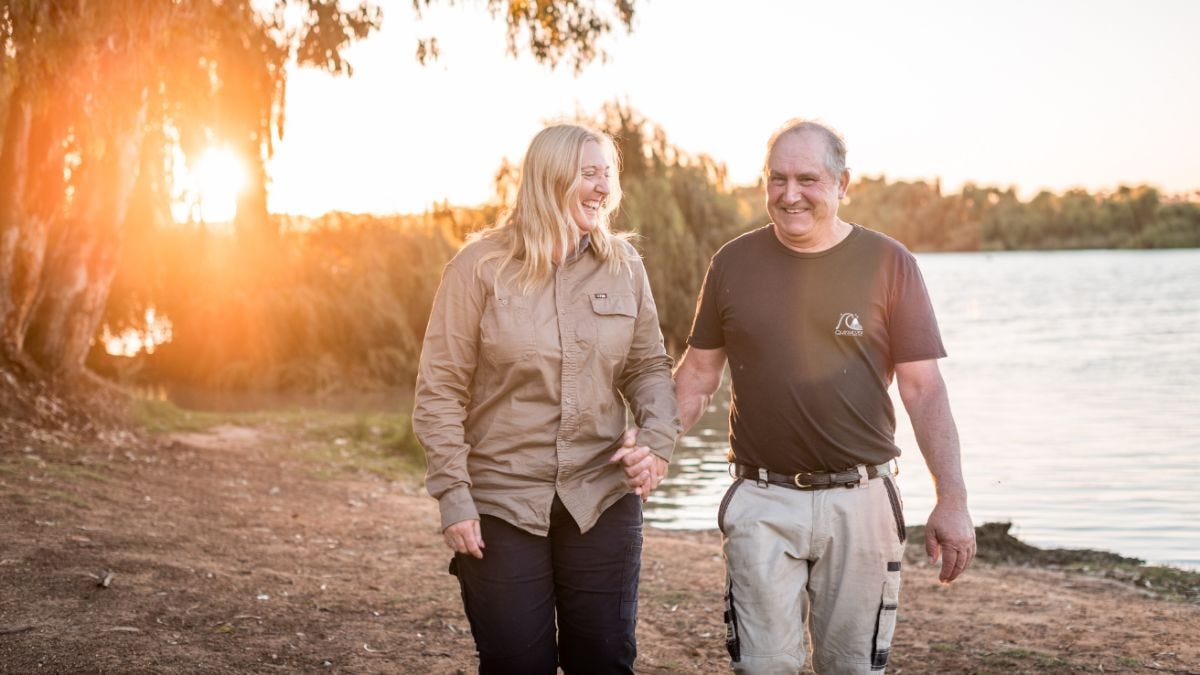
How do you handle stress or difficult times in your life? What have you overcome?
Working seven days a week and pretty much 24-seven was taking its toll, and my husband experienced a heart attack.
He was still recovering from that and his brother and business partner ended up having a heart attack seven weeks after my husband’s, so it was decided that – given the circumstances of a hereditary gene in the family and age – they would no longer have dairy cows and concentrate on the wagyu herd that they had been developing over the last few years.
The farm, partnership and cattle were split and we now could manage a bit better and make more of our own decisions on how best we were going to manage our herd.
We spent the next two years completely renovating our share of the farm with lots of infrastructure, fencing and cattle yards.
We then heard that the flood was imminent and we could potentially be in jeopardy of flooding.
Can you share a moment on your journey that has been particularly meaningful to you?
Our community has about six kilometres of government levee bank, with around 50 or so houses and businesses attached to them in great danger if we were to be flooded, rendering them homeless and jobless, which is something we could not sit back and let happen.
We contacted the authorities for them to prevent this from happening, but we came under so many obstacles so it was decided that we would sandbag.
The community was wonderful, with many pitching in.
We also put sandbags and a big sand wall around our local hall as, if the levee bank failed, we still had protection around the hall.
To lose our meeting place would be so detrimental to the whole community, something we could never afford getting back if we lost it.
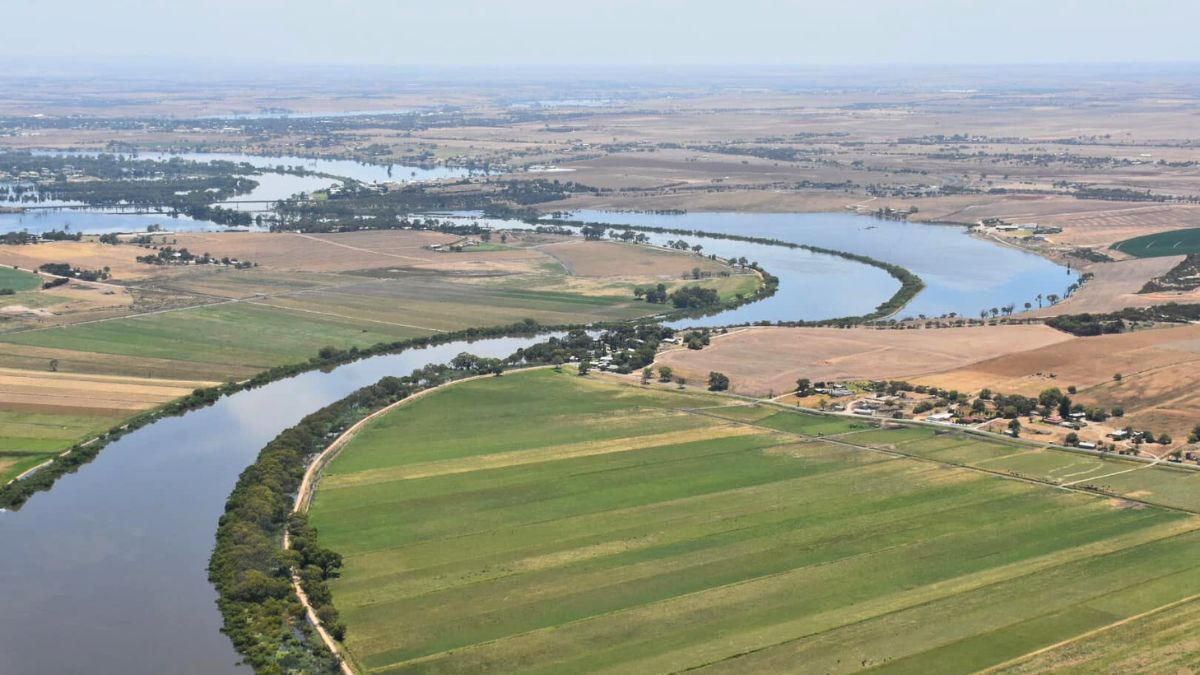
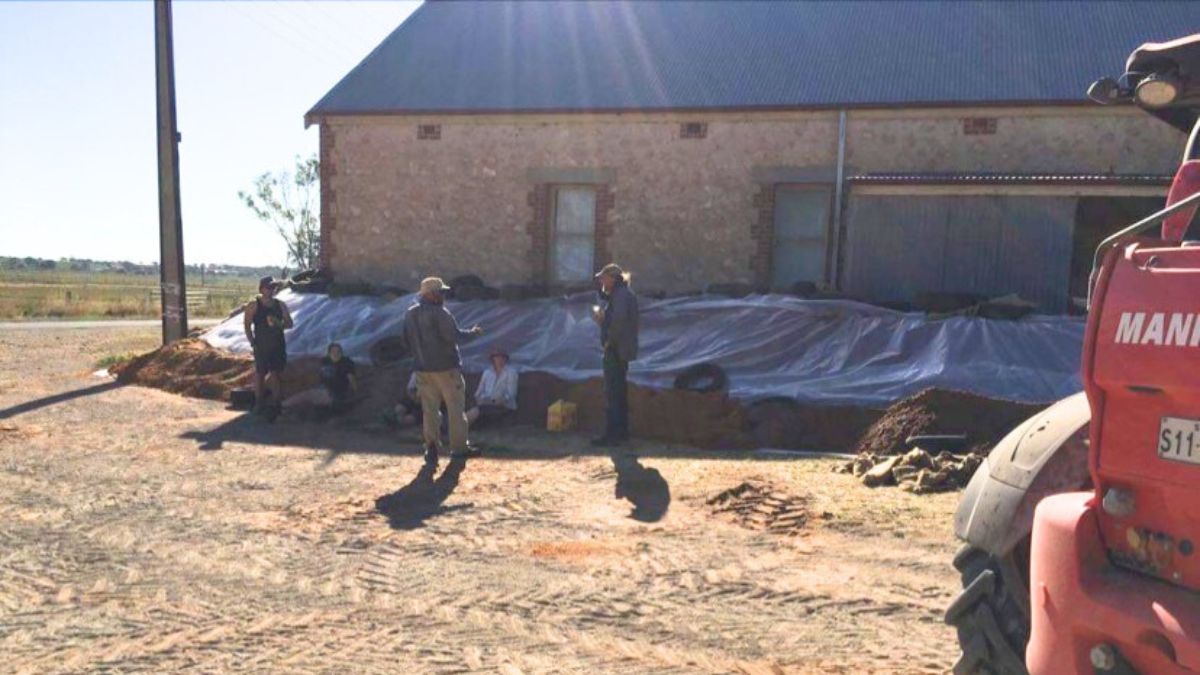
Monteith, bottom right, stays dry during the height of the flood even as neighbouring areas such as Yiddinga go under; volunteers sandbag the century-old hall. Photos: Maxine Swansson, Monteith Public Hall/Facebook.
It was touch and go for a few months and many sleepless nights, but the good thing was, with this particular flood event, we had time to prepare.
It was tough feeling helpless and a sitting duck waiting for it to come, wondering (every day) if today was going to be the day.
There was even a sense of guilt as, when one area would flood, would that mean we have a chance that we wouldn’t?
It was a bittersweet feeling and we just had to get on with the job at hand.
What is your favourite thing about being a rural woman?
It has been wonderful to get to know the community and really feel part of it and having contributed to the overall wellbeing of a thriving community with like-minded people.
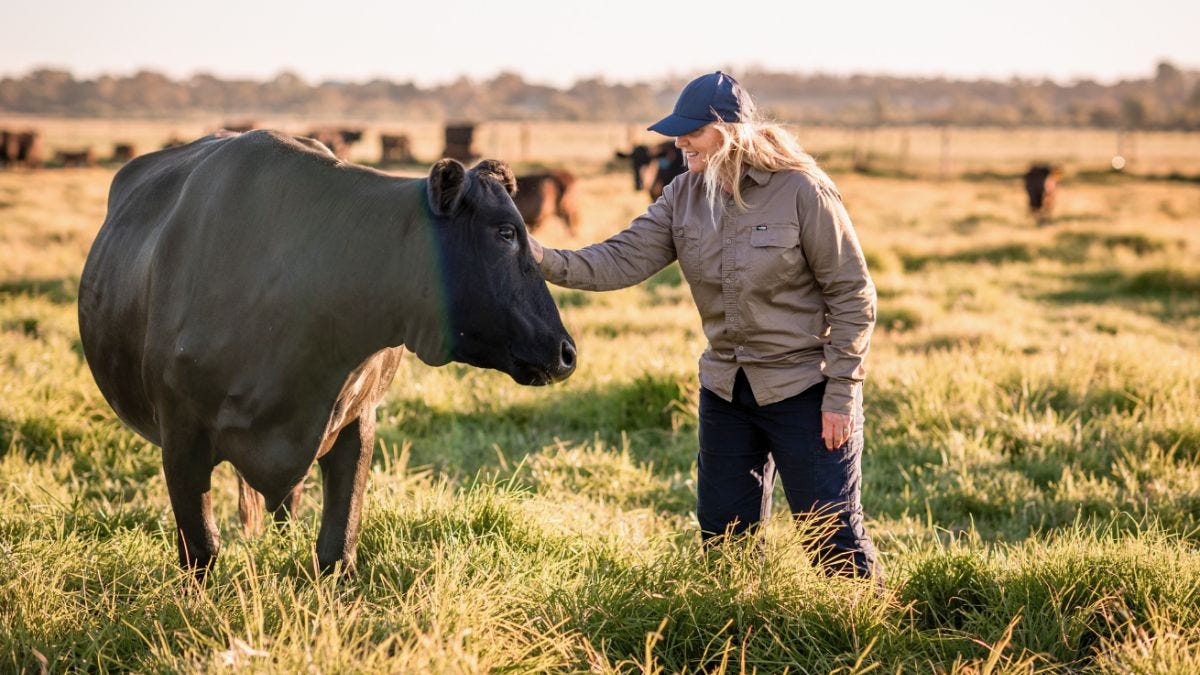
Stories create community. You can help Murray Bridge News tell our community’s stories.

